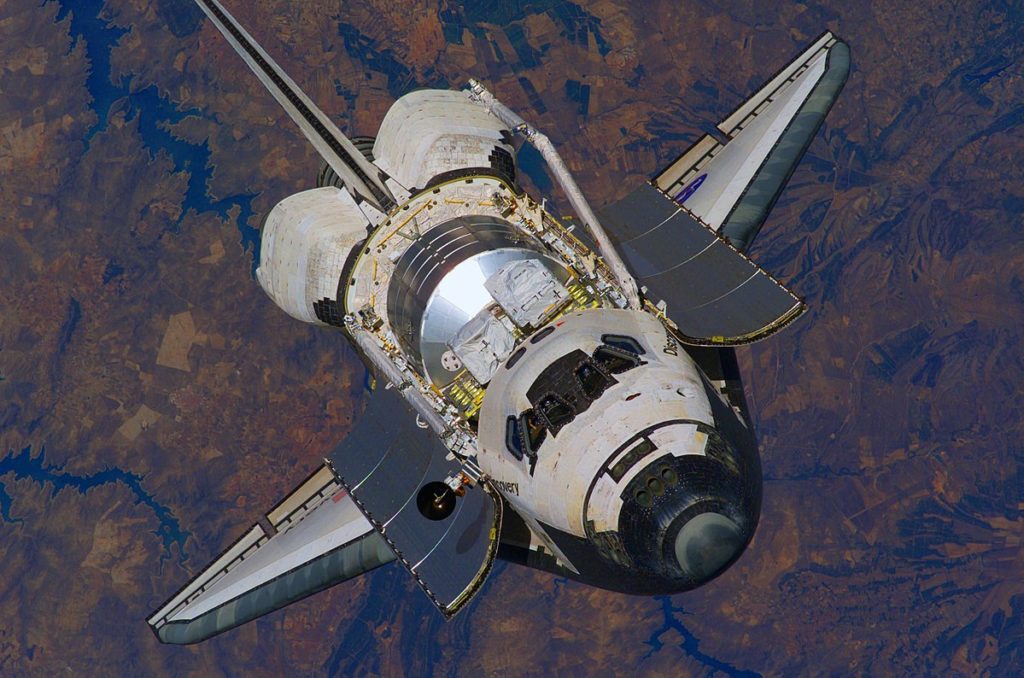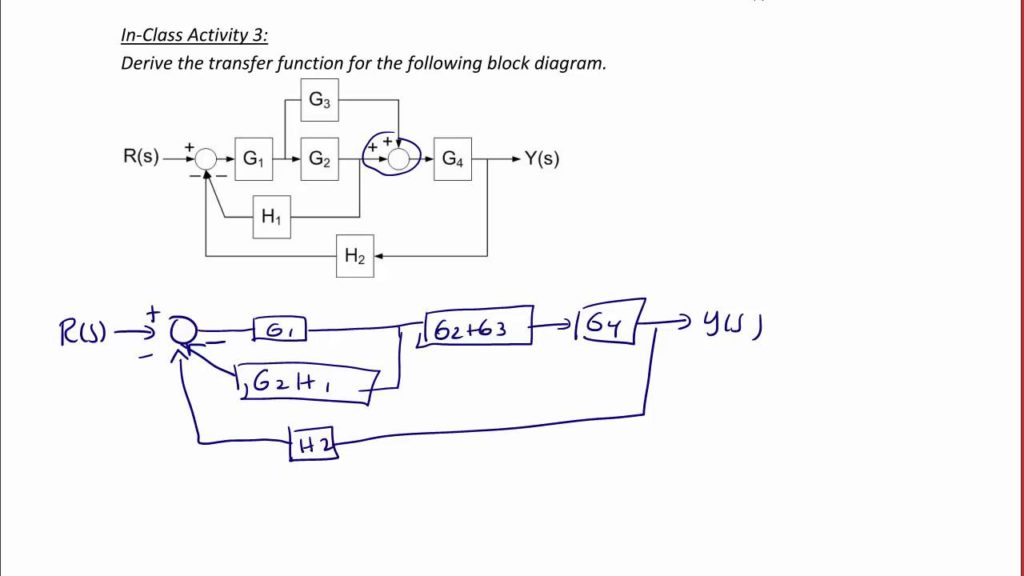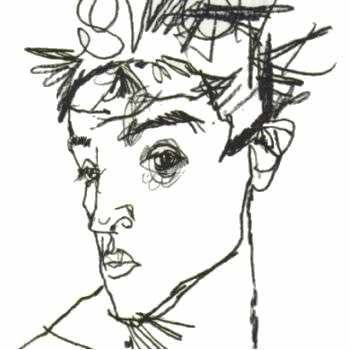CONTENTS
Introduction:
1.MATHEMATICAL TOOLS OF SYSTEM THEORY
1.1.Definition and Set-Theoretical Formalization of the «System» Notion
1.2. Abstract Spaces, Operators and Functionals
1.3. Measurable, Generalized and Random Functions
1.4. Addition to Matrix Algebra and Matrix Estimations
1.5. Properties of Interval Matrices and Polynomials
1.6. Matrix Functions and Quadratic Forms
1.7. Matrix Equations

2. INTERNAL STRUCTURE OF STATE SPACE SYSTEM
2.1.Description of Linear State Space System
2.2. Equivalent Transformations of Systems with Continuous and Discrete Time Scales
2.3. Operator Representation of Linear Systems
2.4. Similarity of Systems and General Canonical Forms of Similar Systems
2.5. Specific Canonical Forms of SISO Systems
2.6. Canonical Forms of MIMO Systems
2.7. Equivalent Transformation between Time Series and Linear State Space System
2.8. System Structure and Connecting of Subsystems
2.9. Description of Special Linear and Nonlinear Systems
2.10. Approximation of Systems
2.11. Time Decomposition, Aggregation, Decentralization and Reduction of Systems
2.12. Equivalent Transformations of Special Linear and Nonlinear Systems

3. ANALYSIS OF SYSTEMS
3.1. Analysis of Qualitative Properties of Linear Systems
3.2. Qualitative Analysis of Specific Linear and Nonlinear Systems
3.3. Quantitative Analysis of Systems
4. CONTROL OF LINEAR STATIONARY SYSTEMS: CLASSICAL APPROACH
4.1.General Structure of Designed System
4.2. Design of State Controllers
4.2.1.Optimal State Controllers
4.2.2. Modal and Dead-Beat Controllers
4.3. Design of State Observers
4.3.1. Simplest and Full Order Observers
4.3.2. Minimal Order Observers
4.3.3. Optimizing Observers
4.3.4. Differentiating Observers
4.4.Design of Controllers for the System with Disturbances and References
4.4.1. Reducible Disturbances and Disturbance Attenuation
4.4.2. Static Compensators of Measurable Disturbances and References
4.4.3. Invariant Dynamic Compensators
4.4.4. Dynamic Compensators of Measurable Disturbances and References
4.4.5. Dynamic Compensators of Immeasurable Disturbances
4.5. Equivalent Design and Inverse Dynamics Problems

5. CONTROL OF SYSTEMS: IMPROVED APPROACHES
5.1. Design Procedures with Additional Conditions
5.1.1. Parametrically Optimal Controllers
5.1.2. Reliable Controllers
5.1.3. Controllers with Constrained Control
5.1.4. Non-Sensitive Controllers
5.2. Design of Structurally Constrained Controllers
5.2.1. Decoupling Controllers
5.2.2. Decentralized Controllers
5.2.3. Hierarchical Controllers
5.3. Control of Systems Described by Complex Models
5.3.1. Control of Systems with Delays
5.3.2. Control of Bilinear Systems
5.3.3. Control of Nonlinear Systems
5.3.4. Control of Distributed Systems
5.3.5. Control of Specific Systems
5.4. Control of Badly Certain and Uncertain Systems
5.4.1. Control of Badly Conditioned Systems
5.4.2. Robust Control
5.4.3. Direct Adaptive Control
5.4.4. Indirect Adaptive Control
5.5. Design of Terminal and External Controllers
5.5.1. Optimal Terminal Controllers
5.5.2. Quasi-Optimal Terminal Controllers
5.5.3. Extremal Controllers

6. EXAMPLES
7. SOFTWARE
Author index
Subject index
References
